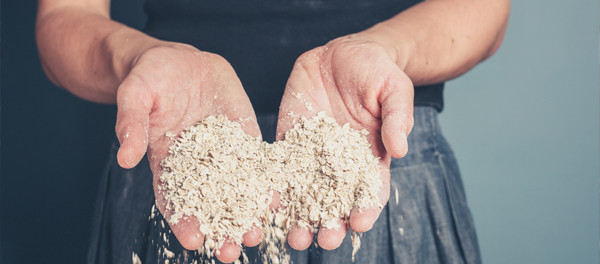Is Fiber the Secret to Weight Loss?

A few years ago, it was the f-word that no one wanted to use. Today, it’s plastered all over packages at the supermarket and hailed as a number one nutrient by nutritionists. The f-word is fiber, people, and it’s time to talk about fiber for weight loss.
Studies peg foods rich in fiber to a reduced risk of heart disease, diabetes, and cancer—and that fiber for weight loss might be the key ingredient to losing weight without feeling hungry. For instance, researchers at Harvard Medical School found that women who increased their intake of high-fiber or whole-grain foods over a 12-year period were half as likely to become overweight as those who decreased their consumption. (P.S. Here’s the difference between whole wheat and whole grain)
So How Does Fiber Work, Anyway?
Basically, it’s the part of plant foods—vegetables, fruits, beans, nuts, legumes, and seeds—that your body can’t digest. There are two types of fiber: insoluble, which helps food pass through your digestive system, and soluble, which helps eliminate fat and lower cholesterol. Thanks to soluble fiber, sugars and fats enter your bloodstream at a slower rate, giving you a steady supply of energy. “When you eat foods that lack fiber, your blood sugar can spike quickly. Then it crashes, causing hunger and overeating,” says Tanya Zuckerbrot, R.D., author of The F-Factor Diet. (More on that diet here.)
Excerpted from Shape










